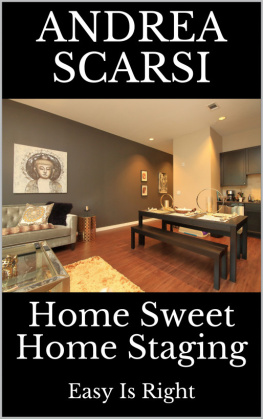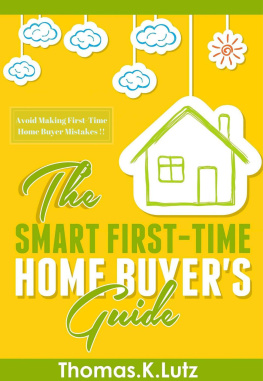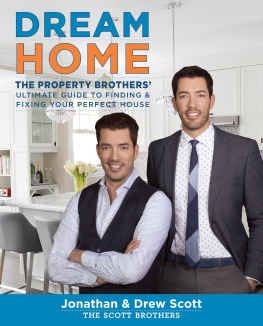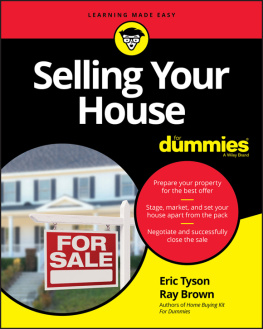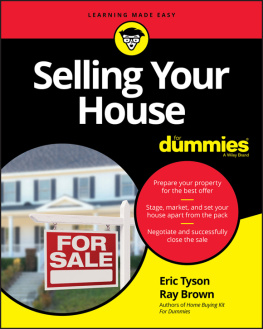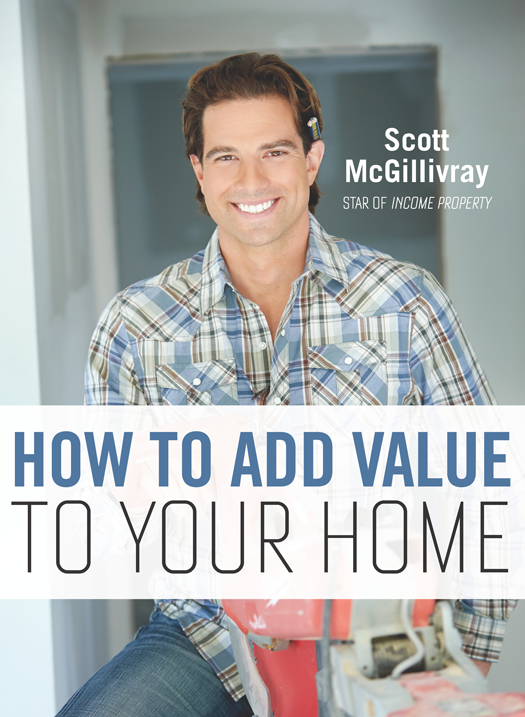I am often asked how I got into real estate investing. The truth is, although my first purchase was a struggle, I was highly motivated to make it happen because I couldnt find any good rentals and I needed a place to live! The only way I could afford my first home was by having three roommates rent the other rooms in the house. My brother always told me, necessity is the mother of all invention, and while that may be true, it was the discovery of rental income that was the founding father of my business.
As a proud homeowner and passionate property investor, I have learned a lot about real estate and, more importantly, its value. I teach about cash flow, income properties, and other investment techniques, but what produces some of the highest financial returns and has expedited the speed at which I have been able to grow wealth is most definitely the work Ive put into increasing the value of my properties.
The value of real estate tends to increase in two ways. The first is market appreciation. Things like inflation, a growing economy, population growth and trends towards suburban or urban living can drive up the sticker price of homes. Market appreciation occurs over time and can work in reverse. The market crash of 2008, for example, caused depreciation in many U.S. housing markets. The important thing to remember about market appreciation is that you, as an individual homeowner, dont have any control over it.
The second way that real estate appreciates, however, is well within your control. Forced appreciation is the value that you add to your property through improvements, which include quality upgrades, updates and maintenance. The great thing about forced appreciation is that you can build on your investment as the market appreciates, but you can also protect your homes value when the housing market is in decline. Forced appreciation is how flippers and contractors who buy, renovate and sell properties as a business make their money. While fixing up a dilapidated house may be a good way to make a quick buck, why should the instant-gratification seekers make all the money? Homeowners can make even more money than the flippers, while at the same time enjoying their homes by making the right improvements.
It seems clear that many Canadians have recognized the role of smart renovations in the growing of home equity. In a recent Harris/Decima study, 39 percent of households reported plans to renovate some portion of their homes in the coming 12 months, and 74 percent of those said they were doing so, at least in part, in order to prepare their house for sale. They also planned to spend significant funds on these improvementsan average of just over $15,000.
Canadian financial institutions also feel strongly about the importance of real estate as a way to build personal wealth; so much so, in fact, that they have designed a number of financial tools to help people capitalize on their real estate investments. For example, most banks now offer mortgages that can be increased by the value of your home improvement renovations. In other words, banks are willing to finance renovations because they are confident in the returns that can be made by investing in real estate.
But whether you are borrowing money for home improvements or using your savings, you want to make sure that the money is being put to good use, not wasted. Ideally, youd like to see that money build wealth in your home. But how do you do that?
Even if people arent in a hurry to cash in on their homes, they may be embarking on renovations without really thinking about the long haul. And the long haul is where quality becomes so important. Some people feel that newer is better, no matter what. But theres an old saying that I like: Only rich people can afford cheap things. In other words, buying inexpensive, poorly made articles means that you will have to replace them oftensomething only people with a lot of cash are in the position to do. Renovations are much the same. Theres a cheap version of everything out there, but if you opt for the inexpensive but inferior approach to projects, you may not save as much as you would thinkyou are likely to pay more for the labour (its usually more difficult to work with flimsy or poorly made materials) as well as to incur the costs of repair work down the line. Whats more, you can actually erase the value of your homes equity by taking shortcuts, by constructing things improperly or by doing the wrong renovations altogether. If you really want to gain the most from your investment in your home (and why wouldnt you?), then you want to make changes that will survive the test of time and be worth something in the future.
The quality of your renovations, however, is not the only key to maximizing your homes value and to profiting from the money youve spent on your property. Throughout this book, I make occasional references to renovation return-on-investment numbers that you may hear from appraisers, remodelling experts and the media. With the exception of painting, most of these numbers fall well below 100 percent. For example, you may hear that kitchens can get you 75 percent, but a new roof only 50 percent, meaning that, when you resell, you are going to earn back only a portion of the money you spent on the upgrades. Interestingly, while the Appraisal Institute of Canada used to publish these kinds of stats, it has abandoned the practice. Why? Because the numbers are unreliable, and there are just too many variables involved in home improvements to make these predictions very useful. I know this to be true. From my experience renovating and upgrading the properties Ive owned, I have seen that you can earn back all of your investmentand even turn a profit on your upgradesif you undertake home improvement in the right way. The right way involves three principles. As mentioned, quality counts. Thats the first rule. But the consistency of your space is another essential factor in the equation. If you put a flashy, high-end bathroom into an otherwise dated and neglected home, you cant expect to fully recoup the reno costs or make a profit on the new work. If, however, that bathroom is complemented by updated, modern finishes and upgrades throughout the house, the whole package is going to increase in value in the eyes of prospective buyers. With home improvements, in other words, the whole is worth more than the sum of the parts.
The third key to maximizing the return you make on home reno investments is to make sure that your home improvements are in line with the market value of your property. That raises the question: How do you find out the market value of your home? Generally, you dont have to have an exact number in order to make decisions about renovations. The easiest way to get an idea, therefore, is to check the real estate listings in your neighbourhood and see what comparable houses are selling for. You may be tempted to use the assessment that your municipal government sends to you with your property tax bill. But this assessment is likely to be on the low side. Their calculation typically leaves out any renos that have been done without permits (like windows or flooring, updated bathrooms, etc.), general maintenance, finishes, landscaping and other aesthetics. The municipal assessment rarely reflects real market values.


